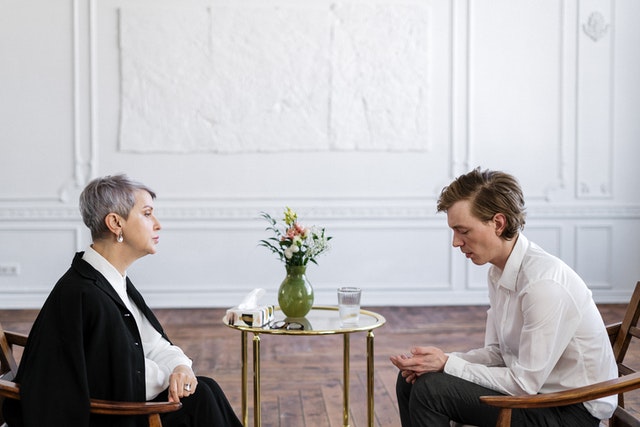The core of personal connection can seem to be disappearing in a day when screens sometimes take the stage over faces. Our daily lives entwine technology with them, shaping our interactions and communication style. Although digital channels give convenience, occasionally they lack the warmth and understanding that only in-person meetings bring. In fields like mental health treatment, this discrepancy in real connection is particularly evident.
At Creating Connections South Canberra, we understand the critical part real relationships play in therapy. We try to close this gap between technology and genuine engagement by creating an atmosphere based on trust and empathy. Let’s look at how developing relationships might change therapeutic encounters for clients looking for progress and support.
Creating Connections South Canberra’s strategy
At creative connections counselling South Canberra, developing real relationships takes front stage. Every client is handled as a distinct person with their own requirements and background.
Using an emotional approach, the team gives active listening and understanding first priority. This generates a comfortable environment where clients feel appreciated and heard.
Therapists apply many approaches catered to every individual’s path. Including mindfulness techniques helps clients stay present in sessions.
The surroundings also promote transparency. Comfortable surroundings let for laid-back talks that foster vulnerability and confidence.
Developing relationships goes beyond therapy; regular follow-up visits are also typical practice. This regular interaction strengthens the relationship between therapist and client and helps them to advance generally on their mental health path.

Strategies for developing and keeping relationships with clients
Active listening helps one to establish a close relationship with clients. This implies paying your whole attention and reacting carefully. It generates a situation whereby customers feel appreciated.
One such approach is to build confidence by openness. Sharing your method helps clients to know what to expect, reducing their worry and encouraging transparency.
Empathy is also quite important. Dealing with emotions and validating experiences will strengthen your relationship with your customer. Simple gestures like nodding or speaking positive language can have a tremendous impact.
Maintaining relationships too depends on regular check-ins. By extending outside of planned meetings, you show that their well-being counts outside of the treatment room.
Using digital technologies sensibly can also improve respect of limits and communication. Whether via video chats or safe messaging apps, adaptability in contact ways demonstrates dedication to accessibility without sacrificing security.

The value of connectedness for mental health and wellness
Mental health and well-being depend on connection in great part. People who feel connected report less loneliness and isolation. Improved mood and general life satisfaction might follow from this sense of belonging.
Developing strong bonds helps one be resilient in trying conditions. Strong links offer emotional support, which is absolutely vital for negotiating hardships and demands. They establish secure environments where customers may discuss their experiences free from judgment.
Connection also improves self-esteem. Verification from others helps us to feel worthy. It tells us that others care and understand our problems; we are not by ourselves.
At Creating Connections South Canberra, the aim is to strengthen these relationships by means of compassionate therapy approaches. Giving connection top priority helps customers to travel towards healing and personal development.
Promoting human connection is obviously not only good; in the fast-paced world of today, it is very necessary for mental and emotional survival.





